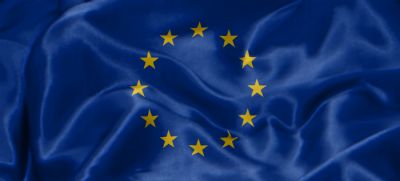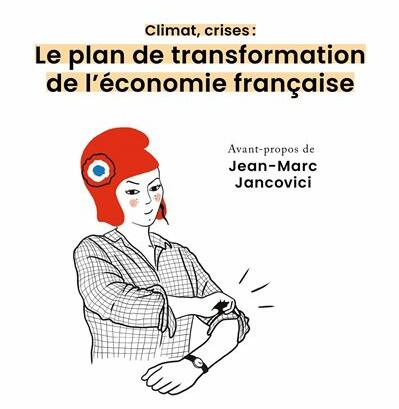 The European Union’s roadmap to reduce Greenhouse Gas (GHG) emissions is quite ambitious. Divided by sector, it sets calculated objectives for 2030 and 2050, and the processes to be followed to achieve them. It implements the decision validated during the EU Council meeting of October 2009 (1): reducing GHG emissions in the 27 States by 80 to 95% by 2050.
The European Union’s roadmap to reduce Greenhouse Gas (GHG) emissions is quite ambitious. Divided by sector, it sets calculated objectives for 2030 and 2050, and the processes to be followed to achieve them. It implements the decision validated during the EU Council meeting of October 2009 (1): reducing GHG emissions in the 27 States by 80 to 95% by 2050.
This plan is especially ambitious because the context is tense within the Commission. The Energy Commissioner, Günther Oettinger, is strongly opposing Connie Hedegaard, the Climate Commissioner, on the plan to raise the GHG emission reduction objective to 30% by 2020 (in relation to 1990). According to him, Europe must not act as a leader in reducing emissions as this would run the risk of a quick loss of industrial capacity (2).
The energy sector is the one which is the most required to reduce its emissions. To achieve a 100% reduction in 2050, the Commission is setting great store on low carbon electricity, whether from renewable sources, nuclear power or power stations with carbon capture and storage (CCS) systems. It is also counting on the European emissions trading system (ETS).
The two other most significant areas for reduction are housing and industry with respectively 90 and 80% of the reduction in emissions by 2050. While these sectors will benefit from less emitting energy sources, the Commission is also providing for significant investment to improve buildings’ energy efficiency: 10 million per year for industry by 2040-2050 for example. The introduction of industrial emission CSS will account for most of this financing.
Finally, two sectors seem to have been relatively spared by the Commission’s plan. Agriculture was set the lowest objective: 49% reduction by 2050. This will come essentially from “greener” production methods (less fertiliser, less meat production). The Commission is even providing for emissions to increase by 1/3 to meet the increase in food demands. As for transport, most of the 67% reduction will relate to private vehicles, which will be electric ones. Air and road travel are also concerned and should gradually include more biofuels for the former and hybrid for the latter. It should be specified that the maritime sector is excluded from this roadmap.
To complete the roadmap, the Commission has published an Energy Efficiency Plan (in French).
(1) Presidency Conclusions, Brussels European Council, 29th-30th October 2009, Point 8

